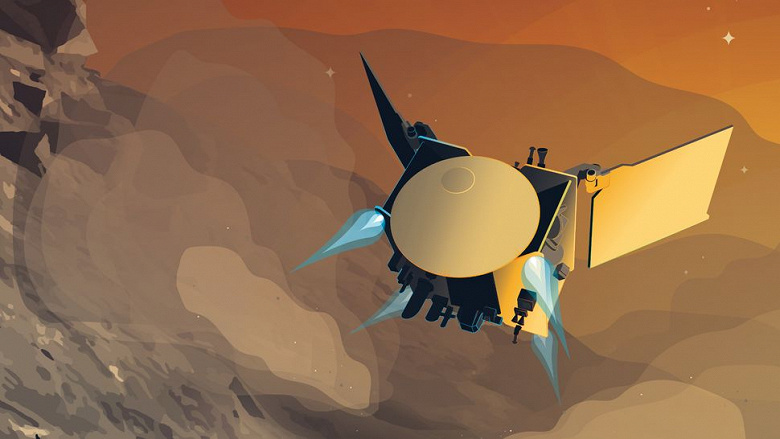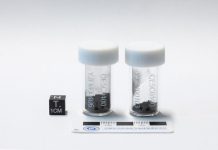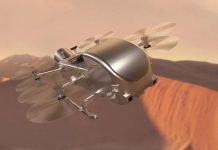After the historic landing of the OSIRIS-REx capsule, the spacecraft sets off on a new mission to the asteroid Apophis
The second asteroid survey will take the OSIRIS-APEX spacecraft (it has been renamed) to an object relatively close to Earth. The NASA spacecraft that successfully brought valuable samples of the asteroid Bennu to Earth is embarking on a long journey to study an asteroid previously considered a potential threat to Earth – Apophis.
The spacecraft used the moment of return when approaching the Earth to enter the trajectory to Apophis. 20 minutes after dropping the return capsule with samples of the prehistoric solar system, OSIRIS-REx activated its engines to change its trajectory.
The new route will bring OSIRIS-REx much closer to the Sun, crossing the orbit of Venus several times and returning to Earth, which will ultimately allow it to rendezvous with Apophis. Contact is expected to occur on April 8, 2029.
OSIRIS-APEX will not collect samples from Apophis but will study the asteroid for 18 months. Near-orbit activities will include imaging and mapping of the asteroid, as well as close approach maneuvers similar to those conducted to obtain material from the asteroid Bennu in October 2020. Although it will not be possible to analyze the composition of Apophis samples on Earth, this mission will advance the understanding of its subsurface characteristics, composition, and properties.

NASA sends spacecraft on new mission
Apophis is an attractive object located near the Earth. It was previously considered a potential threat to Earth in 2068. Today Apophis is considered safe. Apophis’ closest approach to Earth will take place on April 13, 2029, when the asteroid will pass at a distance of about 32,000 kilometers.
Apophis is a typical near-Earth asteroid, as Olivier Hento, an astronomer at the European Southern Observatory (ESO), notes: “By studying it, we will gain more information about asteroids, most of which formed close to Earth. In a sense, Apophis can be seen as the debris left over from the formation of the Earth.”
While Bennu is a type B asteroid with a high carbon content, Apophis is a type S asteroid composed primarily of silicates and nickel-iron. Such remnants from the prehistory of the solar system are common within the solar system and can provide clues about the origins of the planets and the processes that led to their formation.
Apophis will also be useful in planetary protection programs. “Although Apophis does not pose a threat, it is very similar to other near-Earth asteroids that could potentially collide with the Earth,” notes Olivier Hento.
However, upon closer examination of the asteroid Bennu, OSIRIS-REx discovered that the appearance of the object was not the same as originally seen. So details about Apophis will become known when the probe comes closer to it for direct study.
In addition, according to the plans of scientists, this may not be the only visit to Apophis. NASA’s Small Bodies Assessment Group recently urged the agency to look for ways to fly past Apophis before it approaches Earth.




